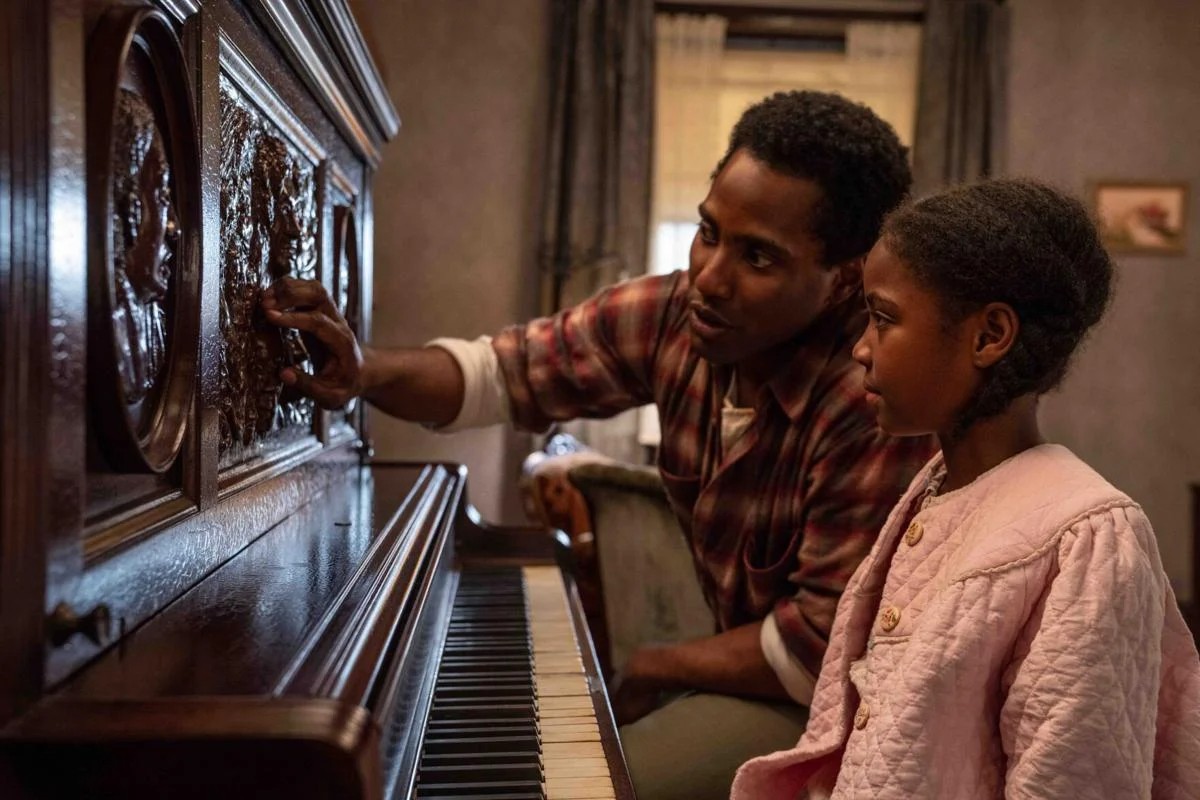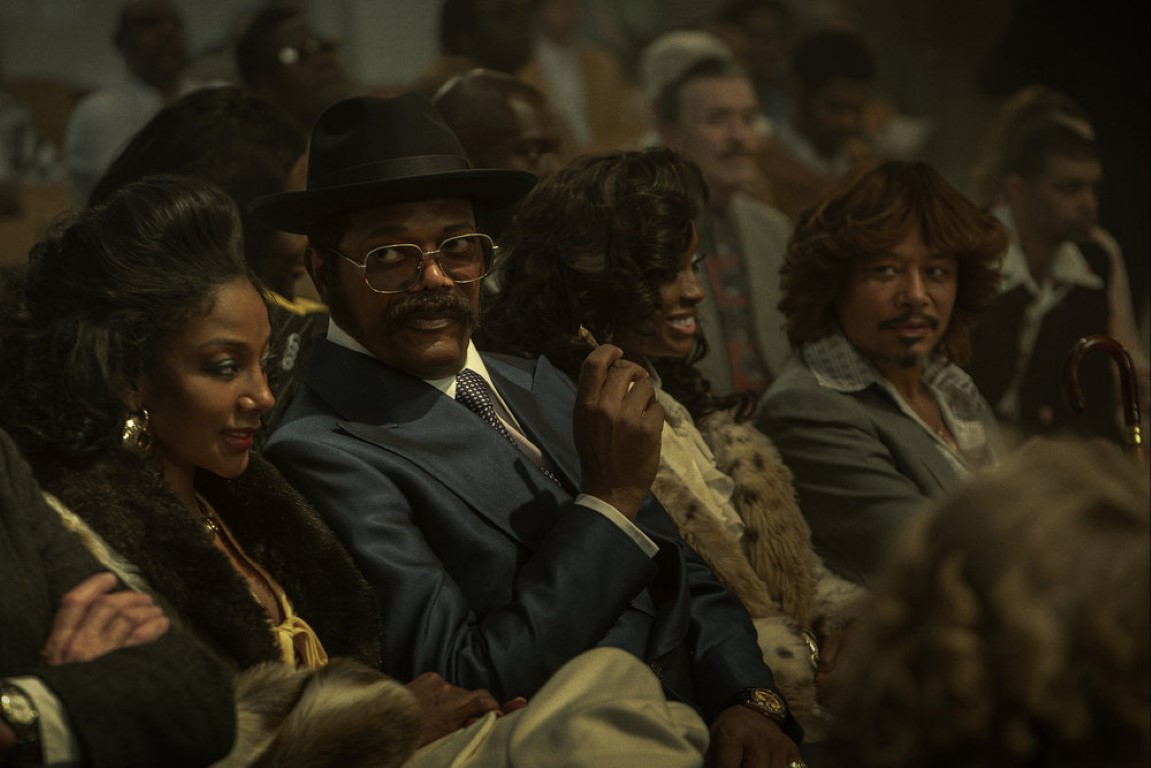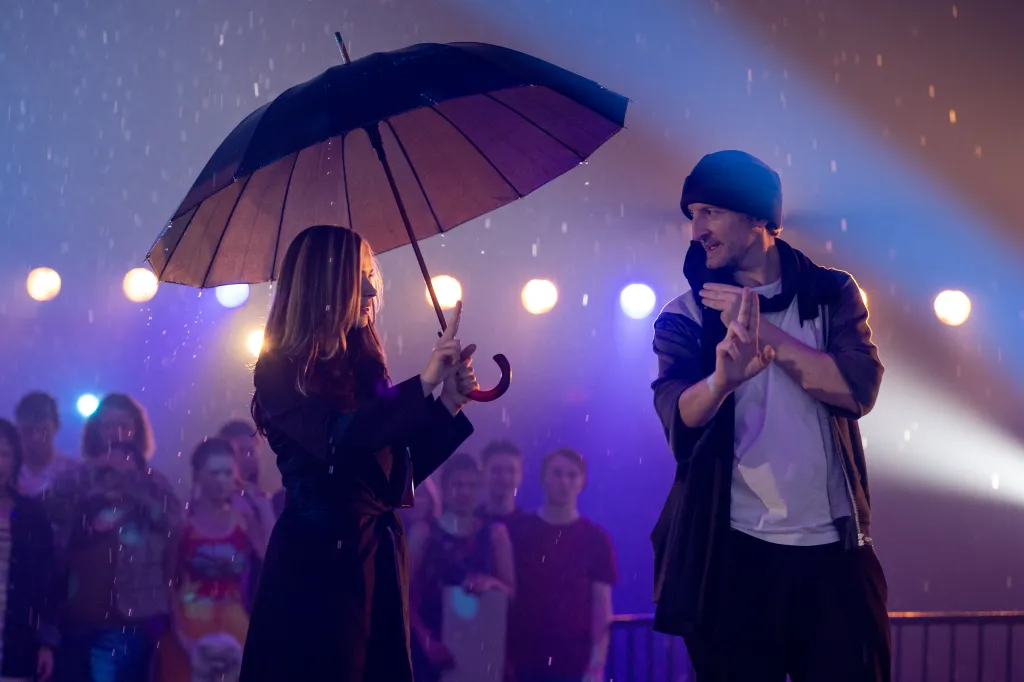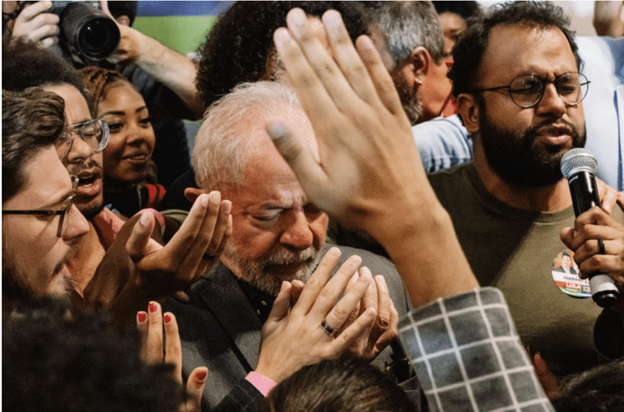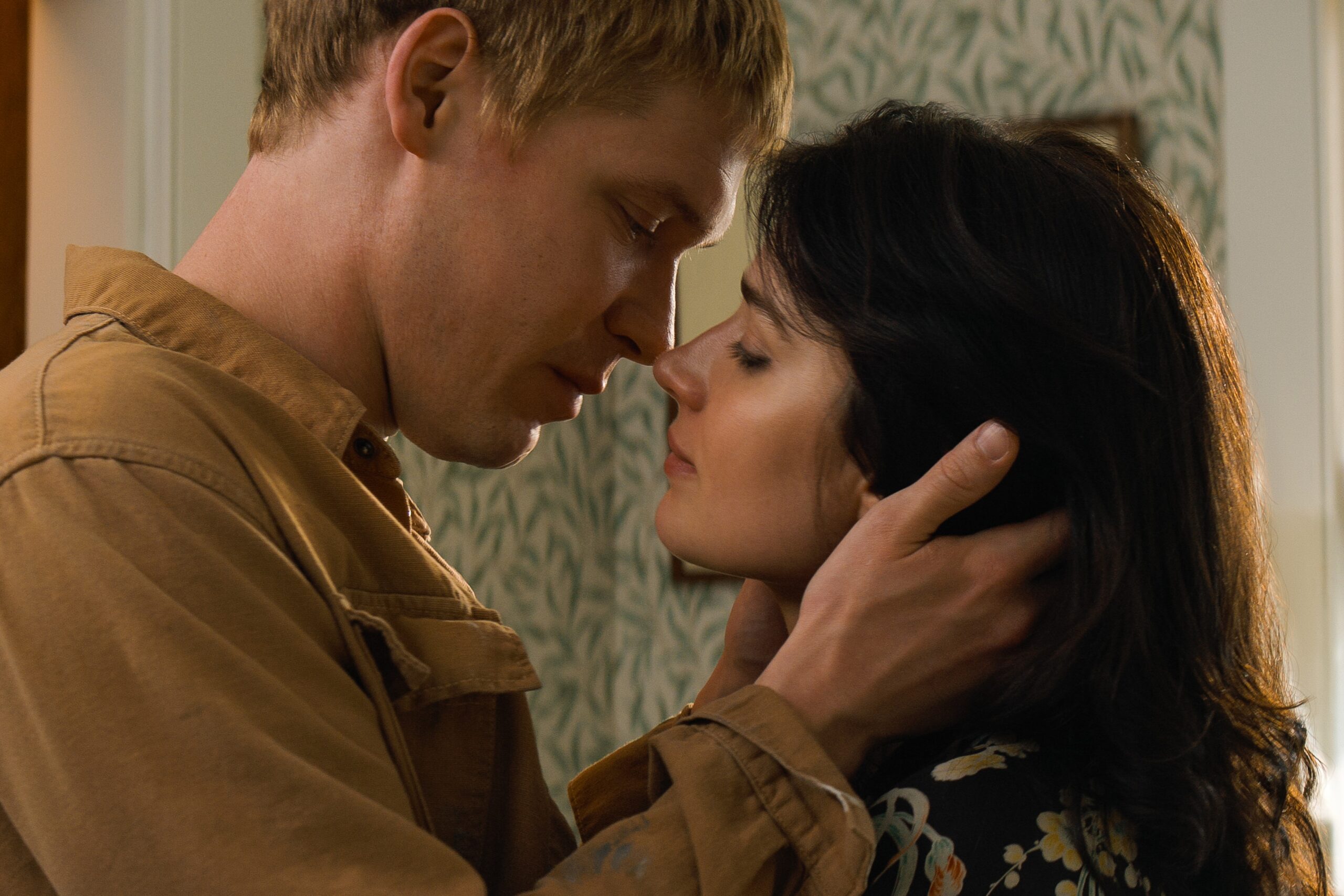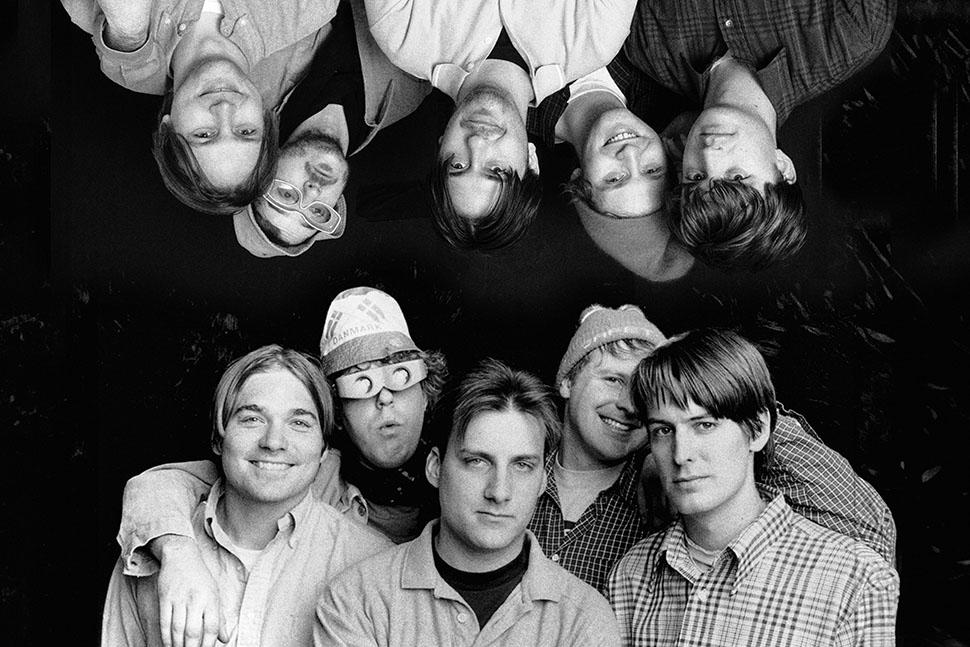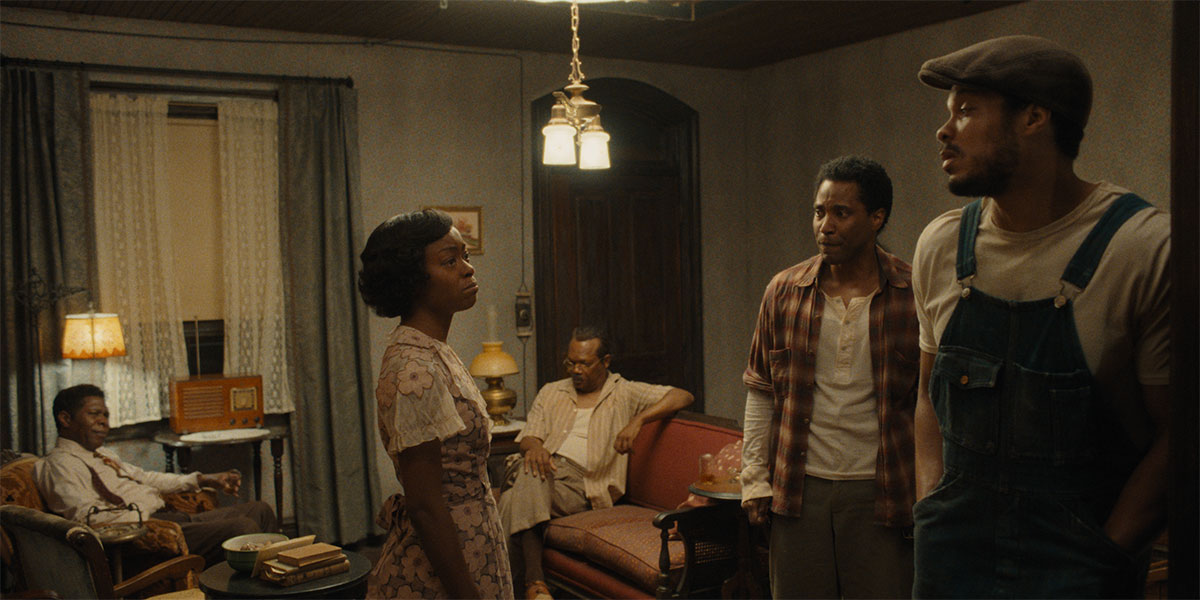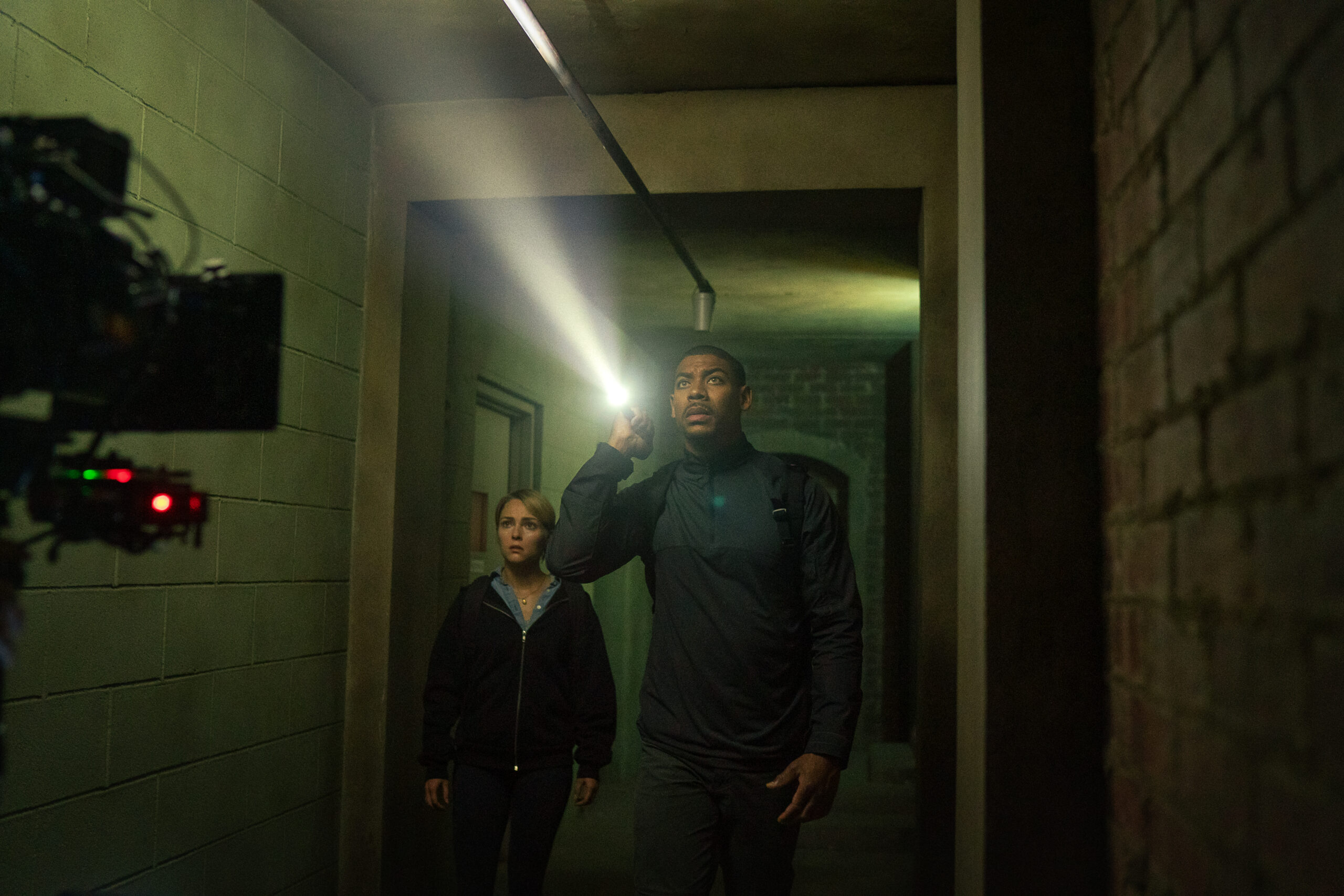We all enjoy a good heist flick, but stretching one into a limited television series is a gamble that is as risky as the heist our characters try to pull off. The eight-part Peacock miniseries “Fight Night: The Million Dollar Heist” from showrunner Shaye Ogbonna and “Dolemite is My Name” director Craig Brewer spins a […]
